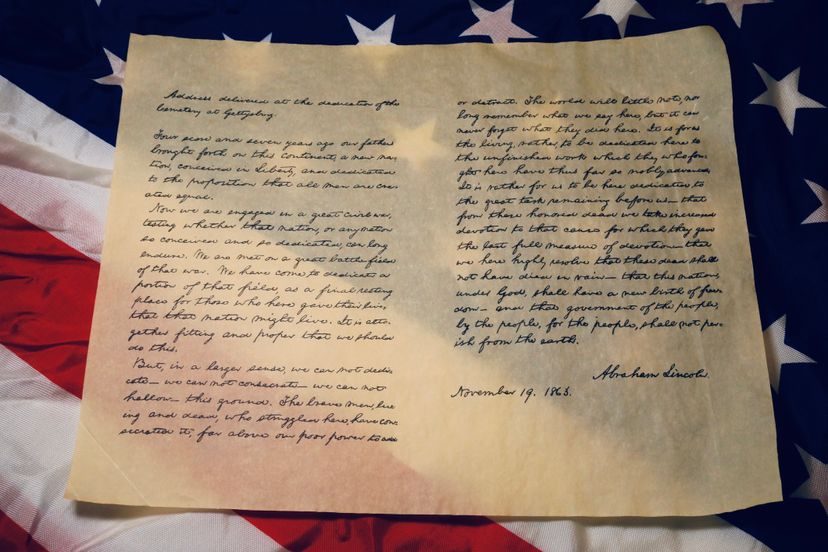The mimeograph machine quickly gained popularity and became an essential tool in various settings, particularly in education. Its affordability and ease of use made it the go-to choice for schools, where teachers could easily produce copies of worksheets, exams, and other classroom materials. The mimeograph revolutionized the way educators imparted knowledge, allowing them to save time and streamline their administrative tasks.
Beyond the classroom, the mimeograph found applications in offices, churches, and DIY publishing. It provided a cost-effective alternative to professional printing, enabling individuals and organizations to produce booklets, zines, and other materials. The mimeograph democratized the dissemination of information, allowing people to express their creativity and share their ideas without the constraints of traditional publishing.
